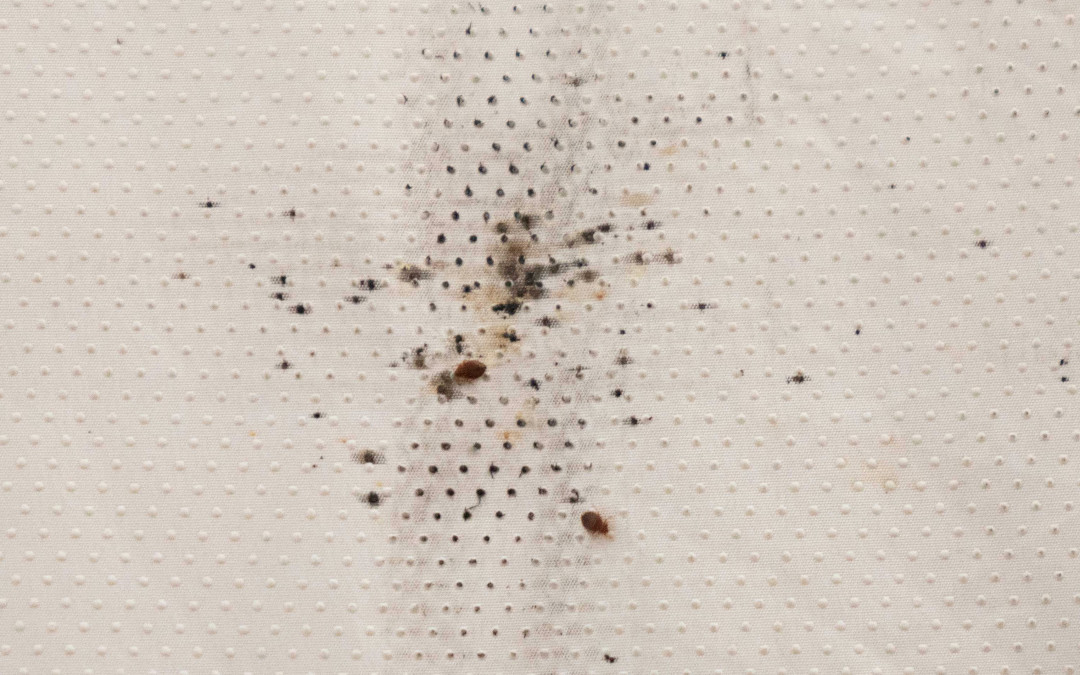Ever since bed bugs reemerged to infest homes, hotels, motels, public buildings, waiting rooms, airports, public transportation, movie theaters and just about every other human dwelling imaginable nearly two decades ago, pest control professionals have struggled to control the parasitic bloodsuckers. Within the past few years, heat treatments have become a favored method of bed bug eradication among many pest control firms in the US.
Despite the increasing popularity of heat treatments for bed bug control, many experts still have doubts about the long-term effectiveness of this method. This skepticism is understandable, as bed bugs have demonstrated an ability to rapidly develop a resistance to a number of common and recently developed insecticides. Not long ago, a scientific survey carried out by researchers with the University of Kentucky found that 68 percent of pest control professionals nationwide consider bed bugs the most difficult insect pests to eradicate from homes.
Luckily, a study that was published by Purdue researchers three months ago demonstrated that bed bugs cannot possibly develop a resistance to high-heat treatments. However, the study’s authors were also sure to mention that heavy bed bug infestations can see a small number of the pests survive even the most aggressive heat treatment operations within homes. In order to maximize the effectiveness of bed bug eradication efforts, the study’s authors stated that heat treatments used in combination with limited insecticide applications should become the norm for eliminating particularly extensive bed bug infestations.
Silicate dust has also become a favored method of bed bug control, as bed bugs are unable to develop a resistance to dust on account of its physical mode of action, much like heat treatments. Silicate dusts are applied to cracks, crevices and other tiny indoor harborages that provide bed bugs with insulation from high-heat treatments. Silicate dust treatments are commonly referred to as “desiccants,” as silicate dust, like diatomaceous earth and borates, slowly kill bed bugs by dehydrating them to the point where their waxy exterior coat disintegrates. Since desiccants can only be applied to cracks and crevices, they must be used alongside additional control methods in order to eliminate bed bug infestations.
Have you ever visually spotted a bed bug within another person’s home?

